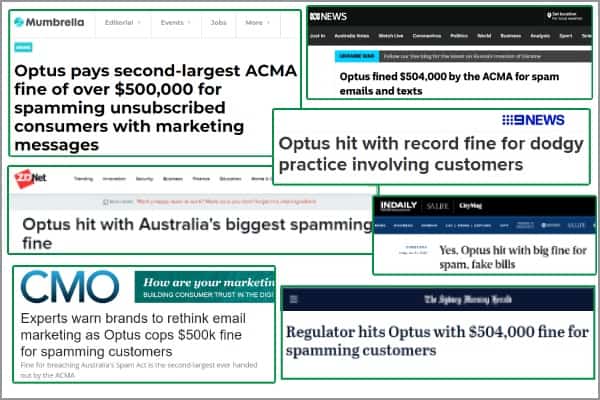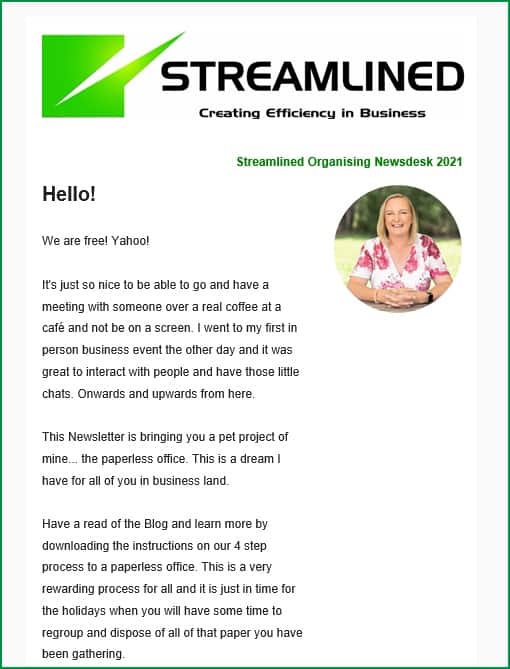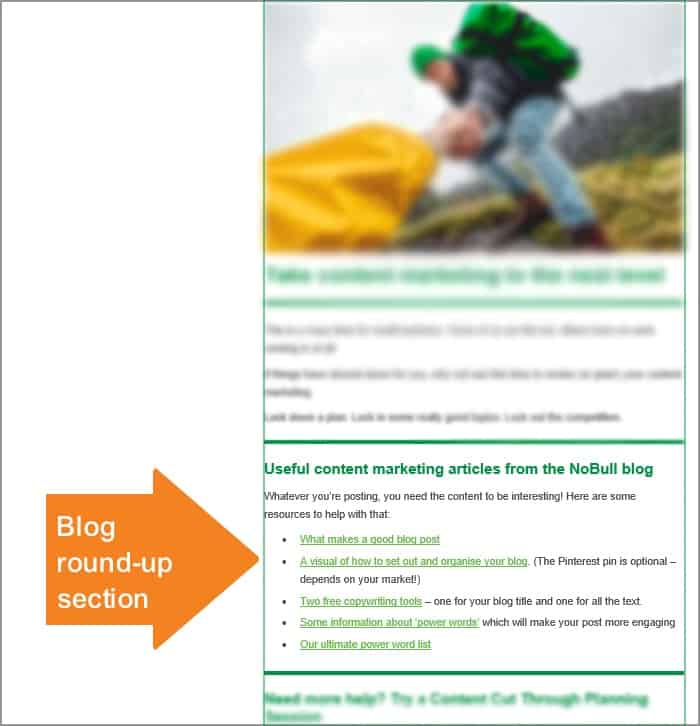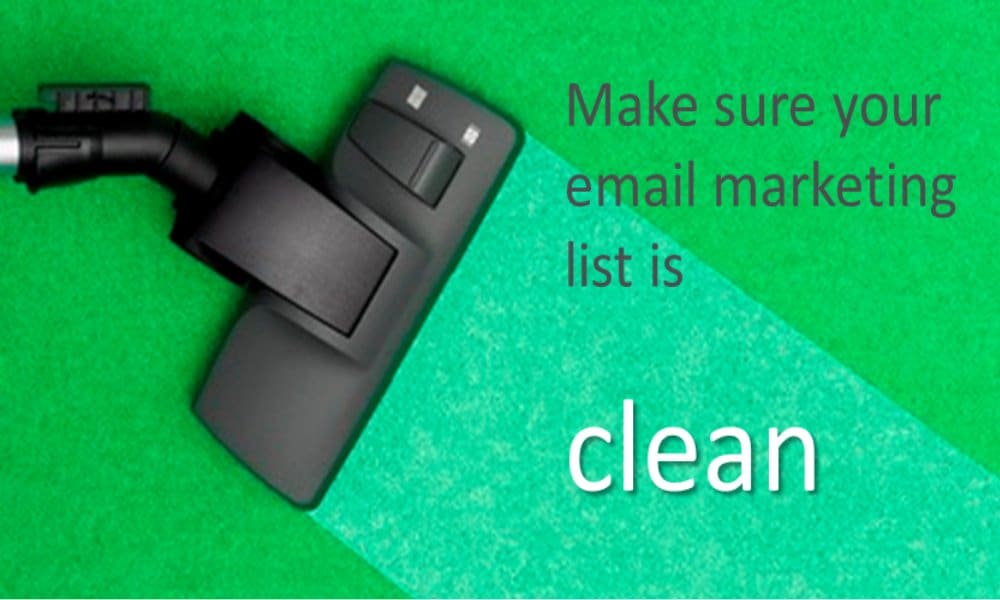In my last post, I shared the way email copy and web copy are different. Yet at the same time, I recommend using your blog content for email marketing. How does that work? How do you repurpose blog content for emails?
Let’s explore smart ways to repurpose and re-use your blog posts!
Repurposing is more than just copy and paste
Never – but never! – simply copy your blog word for word into an email template and send it.
Why not?
- Your blog is probably quite long. Most people prefer a shorter email.
- There’s no additional value for anyone who’s already read your blog post.
- There’s no context. Usually, people read a blog on your site. They can see other posts and pages. There are options to explore. All of that is much harder in an email format.
- This process gives little idea whether or how much people are interacting with your email.
You could just drop your blog post into an email template and share to everyone on your mailing list, but there are better ways to do it. Here are two simple guidelines on how to repurpose your blog content for emails:
- Give some context. Remember, people on your list know a little about you and have opted in to hear from you. Adding some context makes them feel more connected. You’re telling them something not everyone knows. That helps build the relationship.
- Don’t overwhelm your readers. Share a key point from the blog post rather than the whole post. Invite them to read the rest by clicking on a link. This is not only easier for them, it also helps you see whether (and which!) people are interested in finding out more. That’s marketing gold!

Ideas to add context when you repurpose blog content for email
So how exactly do you add context? Some of these suggestions may help.
1. Refer to current events or news
This can be something serious or something fun and frivolous – it depends on your brand, your service and your market.
In the previous post I shared an example which referenced the Netflix series Tiger King. That was for a fun brand selling relatively low price items to consumers.
For a more serious example, consider the NoBull post about making sure your email marketing complies with the Spam Act in Australia. At about the same time we published this, Optus were fined over $500,000 for non-compliance with the Spam Act. That’s a big company, and a big number of dollars! It made the news. So it was an obvious tie-in to mention in the email promoting this blog post. (It also made up look up-to-date and helpful.)

2. Share your personal experience
Sometimes there isn’t a news story, but you might have some relevant personal experience. Share that.
Check out the example below from Streamlined Organising. (We write the blogs, but Amanda does her own email marketing, and she always makes it personal and chatty.) You can see that Amanda’s talking about a personal pet project – the paperless office – plus she’s tying in the upcoming holiday time of year. Way to go! So much engagement and so much context for why you should read this blog post.

3. Explain why you chose to write that particular blog
For example, why am I writing this particular blog now?
Because when I posted about the differences between email copy and writing for the web, people asked me how they were meant to repurpose blog content into emails.
This blog hasn’t made it to a newsletter yet, but you can see how I’d introduce it.
This is a great one to use when you’re talking about an updated post. Maybe you have a how-to post and the software has changed. Or a list (like our list of business directories you could consider to improve you SEO) and the data has been updated.
4. Add more value by responding to questions or comments on the blog post
Now you’re adding even more context. You’re including information from others who have read the blog already. You’re building a community.
This could be as simple as saying, ‘The most popular suggestion in the whole post was xxxx‘. Or you could quote some of the comments in your email. In either case, you’re showing that other people have read and commented. That appeals to FOMO – fear of missing out – people will want to read because others already have.
5. Make it a debate
If you’ve written an opinion piece, you may be able to find a quote from someone who disagrees with you – even if you don’t have comments on your own blog post. Now you can ask your readers what they think – and challenge them to read your point of view.
Those 5 ideas are all ways to repurpose an individual blog post, but the great thing about a regular blog is that you have lots of posts. So use them!
Using multiple blog posts together in your email marketing
Here are some simple ways you can use several blog posts at one time to create an email newsletter or campaign
Create a ’round-up’ email
This is actually a great way to get an email newsletter out if you’re flat out in December or taking time off in January.
Simply review your most popular posts of the year and share them ‘in case you missed it’. Try adding a couple of comments too. Perhaps there was a post which got far more attention than you expected? Or someone told you how it changed their thinking? Remember, email is all about building relationships.
Collate posts which relate to a specific theme
Many of your blog posts will be about related topics. Here at NoBull, we have posts about blogging; about content marketing; about the buyer journey; about email marketing; about readability and so on. Here’s an example where we shared a collection of posts about content marketing.

Obviously, your core themes (‘content pillars’, some people call them) will be different depending on your business. But you will have core themes. So collect these together and use them!
Create an e-book
Offer it on your site. Build your email list.
Don’t forget, you should also send that e-book to your existing mailing list, or at least the segment interested in it. You already have their email addresses, so be nice and share. Don’t make them go back to your site and register again to get a copy.
Create an email course
Repurpose the content and send it at regular intervals to those who sign up.
This example of an email course is from DoubleYourFreelancing.com. I don’t know whether they created the posts first or the emails first, but the point is that the same lessons are shared, using different language. (Remember, email is more about the relationship, so the language is different.)

A course is better than an e-book because you can see who opens, clicks or interacts. You can even include questions at the end of each email and ask them to reply to you. Or add a practical exercise or template.
Another advantage of the email course option is that you have multiple touchpoints. People become more familiar with you. And because your content is sitting in an email in the inbox, rather than a downloaded file somewhere else on the computer, you may be more visible.
So there you have it. 8 ways you can repurpose blog content for email. 5 for individual blog posts and 3 for collections of posts. And while they may sound like hard work, they’re all easier than creating brand new content from scratch.
Of course, if it’s all still too much for you, we can repurpose blogs as one of our email marketing service options. Whether we write them or someone else does.






